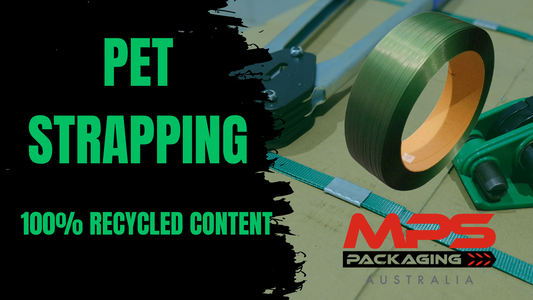In this blog post, we’re going to explore what makes a battery strapping tool truly "heavy duty."
While the internal components play a crucial role, the exterior of the tool is just as important, as it protects everything inside.
Our focus here will be on the STL-500 exterior and what sets it apart from other tools in terms of durability and design.
The STL-500 Base Plate
The base plate of a strapping tool is its foundation—the chassis, bumper, and frame all rolled into one. It’s the part of the tool that takes the most abuse, enduring drops, bumps, and hits. Every other part of the tool is either bolted to or built around the base plate.
In the STL-500, the base plate is cut from a solid block of aluminium. This process is more expensive than the casting method used for many other tools, but it results in a stronger, more reliable base plate. Unlike cast steel, which can have weak points due to impurities, a solid aluminium block ensures a consistent and heavy-duty base.

STL-500, heavy duty square base plate. Curved to add to impact protection.
Older tools with cast steel base plates often show signs of wear after years of use, leading to costly repairs. For instance, if a base plate breaks, the repair could cost around $2000—writing off the tool entirely. However, a tool like the STL-500, with its durable base plate, can continue to perform well beyond this timeframe, reducing your total cost of ownership.

Cast base plate cracked cross spring and welding plate.

Cast base plate cracked cross handle mount from constantly lifting handle.
The design of the STL-500’s base plate is also noteworthy. Unlike other tools, it doesn’t have a cutout for a rocker arm, as the feed wheel on the STL-500 lifts the feedwheel instead of lowering the rocker lever gripper. This design choice eliminates potential weak points, making the base plate even stronger.
Additionally, the STL-500 features a welding plate that covers the entire base plate.
On tools where the welding plate isn’t full-sized, the base plate can wear out quickly, especially when strapping at high tension. With the STL-500, the replaceable welding plate ensures the tool’s longevity, even under heavy use.

Heavy-Duty Plastic Shell
Another critical feature of the STL-500 is its heavy-duty plastic shell. This shell is designed to protect the tool from external damage, using a high-quality plastic that is both sturdy and flexible.

In contrast, cheaper tools often use brittle, recycled plastic to cut costs. These materials create weak points in the casing, particularly at stress areas like the bottom of the tool.
When you twist or apply pressure to the tool, these weak spots can crack, leading to early replacement and risking damage to the internal components.

Cheap plastic casing from cheap clone tool. Sold in Australia for approx $4000.at at over 100% markup, what a rip off.
The STL-500, however, has a rear casing with no such weak points. Its robust construction is built for tough industrial environments, ensuring the tool remains reliable over time.
Look at the size difference between the tools plastic casing at the rear. The USA designed STL-500 is built like an American truck while these guys are rocking up in their Hyundai Getz to a job site. Pick the right tool for the job.
LED Interface for Reliability
Many tool manufacturers are opting for LCD screens on their products. These screens give a modern look and can display more detailed information, which sounds great in theory. But when it comes to practical, everyday use, especially in tough environments, do they really hold up?
Also functionally, think about your car for a moment. Does it have an LCD screen for controlling the heater and cooler, or does it use good old-fashioned knobs and buttons? Personally, I’ve always preferred the knobs in my old Holden commodore—they’re simple, reliable, and easy to use without taking your eyes off the road. In contrast, the buttons in my Ford can be a hassle, and I can only imagine the frustration of dealing with a full LCD interface. It’s all about personal preference, but there’s something to be said for simplicity, especially when durability is a concern.
Tool manufacturers today love adding LCDs as a way to enhance functionality and give their tools a high-tech feel. However, when you’re working in a rough environment like a timber yard, steel plant, or brick yard, these screens can be more trouble than they’re worth. No matter how much impact protection is built into the tool or how much testing it’s undergone, an LCD screen is still a fragile component that can fail in harsh conditions.

That’s why Samuel, the designer of the STL-500 battery strapping tool, decided to go back to basics. Instead of an LCD, the STL-500 is equipped with a straightforward LED screen. It’s clear, informative, and much more durable than an LCD. Sure, someone might still find a way to crack the LED’s protective panel or wear it out over time, but even then, it’s not game over like it would be with a broken LCD.
In the end, it comes down to choosing reliability over novelty. The LED screen on the STL-500 offers the best of both worlds—modern functionality without sacrificing the durability that’s crucial in tough work environments.
As you can see, the STL-500 strapping tool stands out for its heavy-duty design, from the solid aluminium base plate to the durable plastic shell and reliable LED screen. These features make it a robust tool that can withstand the challenges of industrial environments, ultimately saving you money by reducing the need for frequent repairs or replacements.












